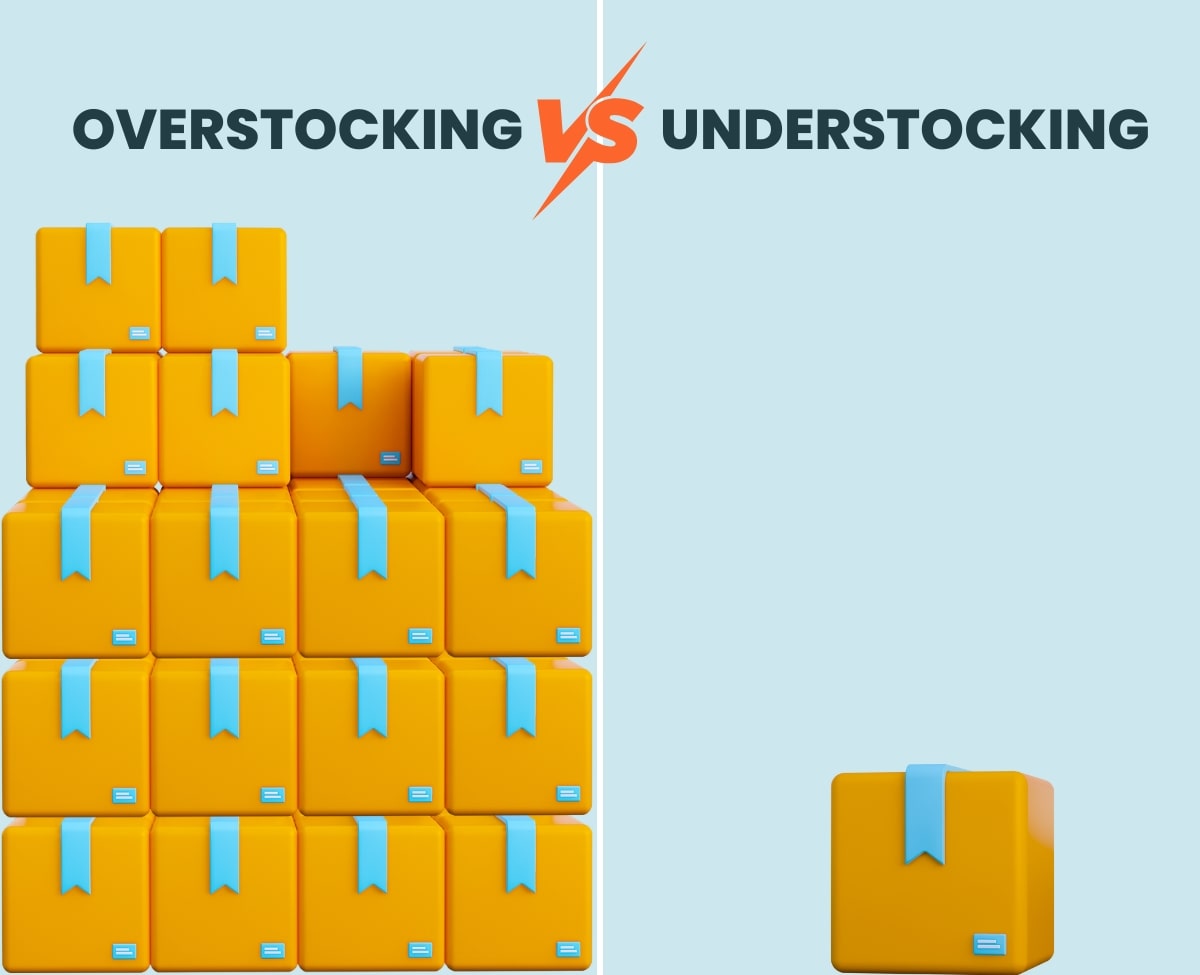7 Impacts of Poor Inventory Management for Small and Medium Businesses
August 14, 2025
August 14, 2025

Poorly managed inventory isn’t just about a few mislabeling errors or discrepancies in stock counts. For small and medium businesses (SMBs), the impact can be much greater: loss of revenue, dissatisfied customers, rising costs, and even a damaged brand image. Mastering inventory management is a strategic priority for SMBs, especially in the retail and wholesale trade industries, as well as in the manufacturing and distribution sectors.
In this article, we review the 7 main consequences of poor inventory management to help you recognize the risks and implement practical solutions.
In a disorganized warehouse, poorly stored products or forgotten items on the back of a shelf can quickly gather dust, become damaged, or even end up unsellable.
This is especially common for fragile items, electronic components, or technical parts that require careful storage.
Seasonal products are also affected: for example, office supplies or promotional materials can quickly become obsolete or unusable if they aren’t sold in time.
These losses reduce inventory value, generate waste, and make it harder to meet quality standards.
Organizing your warehouse and implementing processes to prevent losses is essential. Check out our tips for an organized warehouse.
Some goods come with an expiration date or a limited shelf life. Without proper tracking of stock movements, older products can sit in storage for too long, past their expiration date.
This issue is particularly critical for perishable products, such as food or pharmaceuticals, which require rigorous management to avoid losses.
The consequences often include product destruction, reduced margins, and even health risks in certain industries.
To improve inventory turnover, the FIFO method (First In, First Out) is an effective approach. Also, make sure to record expiration dates in your inventory management software to quickly identify products that need to be sold first.

In a poorly managed warehouse with no clear tracking of inventory movements, internal or external theft can go unnoticed for months.
Beyond the direct financial loss, internal theft damages team trust: it erodes morale, fosters suspicion, and creates a toxic work environment.
These situations generate direct revenue loss and degrade workplace relationships.
Conducting regular stock counts, using product tracking tools, or automating traceability can significantly reduce theft and help restore trust within the team.
Poorly calibrated inventory levels lead to two opposite but equally harmful issues.
Overstocking creates clutter, increases storage costs, and raises the risk of product obsolescence.
Understocking, on the other hand, reduces your ability to meet customer demand, causing delivery delays or product unavailability.
Improper stock levels creates supply chain tension and damages customer relationships.
Establishing a purchasing strategy aligned with your costs and demand is key to avoiding these pitfalls.

A client who places an order but doesn’t receive it on time is a frustrated client—and in a competitive market, a frustrated client is often a lost one.
Stockouts occur when you’re unable to meet customer demand due to unavailable merchandise. They often result from poor tracking, inaccurate forecasting, or the lack of automated reorder point alerts.
As a result, Customers lose trust, loyalty drops, they turn to competitors, and your revenue suffers.
An inventory management software solution helps track current and upcoming orders, view real-time stock levels, and set up alerts for reorder points to prevent stockouts.
Check out our tips to avoid stockouts.
Products that sit in your warehouse for months represent tied-up capital. This means your business invested in goods that aren’t selling—and you can’t reinvest that money in higher-demand products.
Dead stock leads to unnecessary capital immobilization, reduced profitability, and lower operational efficiency.
To improve inventory turnover, the ABC method is highly effective. It classifies inventory into three categories based on their strategic importance and helps you identify where to focus your efforts and resources.

Between product losses, excess inventory, stockouts disrupting sales, and unnecessary storage fees, costs can quickly spiral out of control.
Poor inventory management often leads to slow turnover or excessive capital immobilization. Add to this unexpected expenses such as last-minute supplier orders, express deliveries, or managing customer returns.
All these factors eat away at your margins and weigh heavily on your company’s financial health.
Businesses face weakened profitability, strained cash flow, and recurring logistical overcosts.
The good news is that there are simple, SMB-friendly solutions to improve inventory management. Stockpit is designed to directly address these challenges by providing:
By centralizing your data and automating key processes, Stockpit helps drastically reduce the risks of poor inventory management.
Say goodbye to stockouts! Get your inventory valuation, monitor the inflow and outflow of products and keep track of your inventory.

